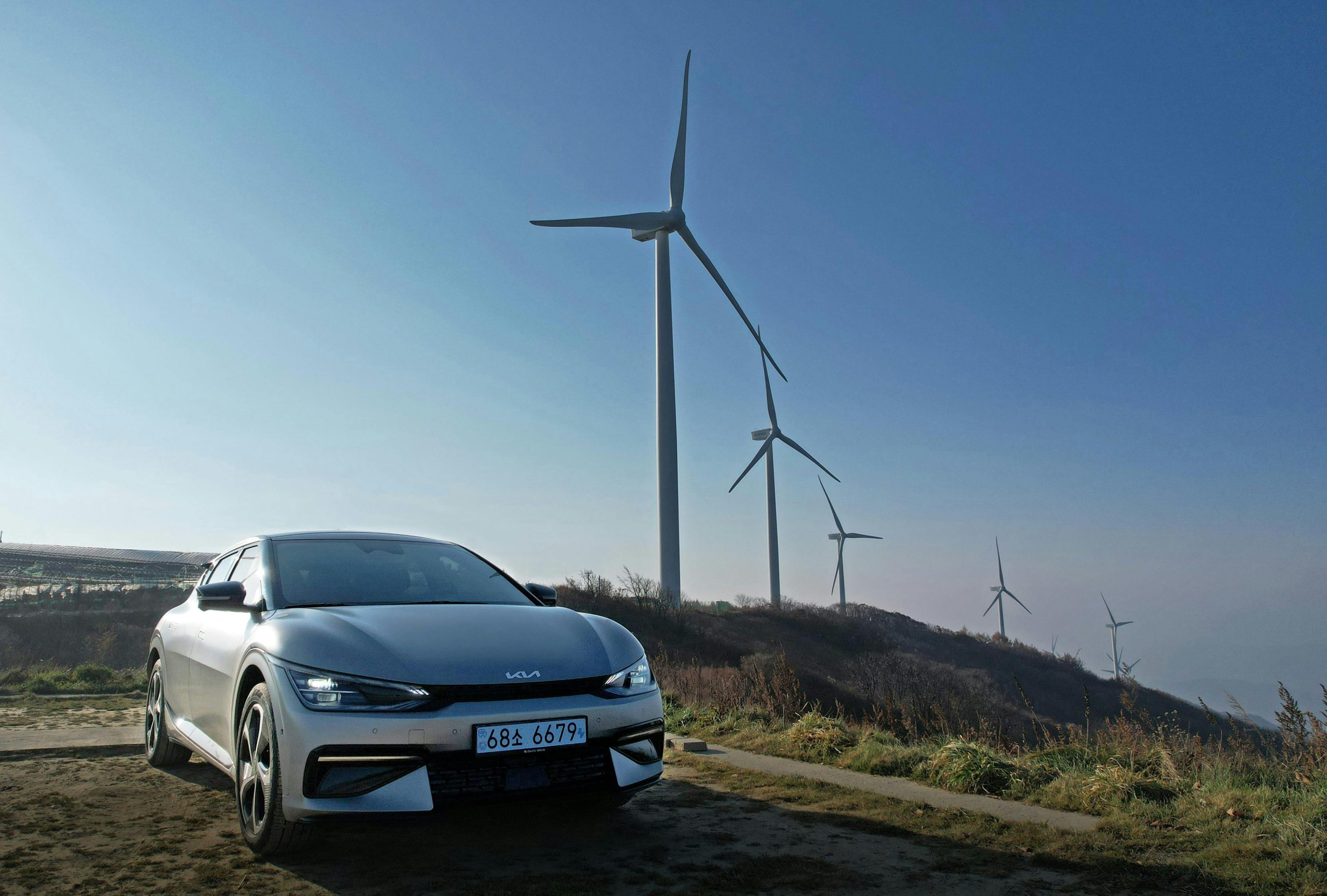The automotive industry is undergoing a seismic shift as electric vehicles (EVs) take center stage. With advancements in technology, growing environmental concerns, and shifting consumer preferences, 2024 is set to be a landmark year for EVs. From cutting-edge battery innovations to autonomous driving features, the trends shaping the EV market are redefining how we think about transportation. In this article, we explore the top electric vehicle trends revolutionizing the auto industry this year.
1. Breakthroughs in Battery Technology
One of the most critical factors driving EV adoption is the rapid evolution of battery technology. In 2024, several key advancements are making waves:
- Solid-State Batteries: These next-generation batteries promise higher energy density, faster charging times, and improved safety compared to traditional lithium-ion batteries. Major automakers are investing heavily in solid-state technology, with some expecting commercialization by late 2024.
- Improved Energy Density: Researchers are developing batteries that store more energy in smaller packages, extending driving ranges and reducing vehicle weight.
- Recycling and Sustainability: As EV adoption grows, so does the focus on sustainable battery production and recycling. Companies are pioneering closed-loop systems to reuse materials like lithium, cobalt, and nickel.
These innovations are addressing range anxiety and making EVs more accessible to a broader audience.
2. Expansion of Charging Infrastructure
A robust charging network is essential for widespread EV adoption, and 2024 is seeing significant progress in this area:
- Ultra-Fast Charging Stations: New charging stations capable of delivering 350 kW or more are reducing charging times to under 15 minutes for many models.
- Wireless Charging: Inductive charging technology is being tested in public spaces and even integrated into roadways for dynamic charging while driving.
- Global Collaboration: Governments and private companies are partnering to build cross-border charging networks, ensuring seamless long-distance travel for EV owners.
With these developments, charging an EV is becoming as convenient as refueling a gasoline car.
3. Autonomous and Connected EVs
The convergence of electrification and autonomous driving is accelerating in 2024. Key trends include:
- Level 3 and 4 Autonomy: More EVs are incorporating advanced driver-assistance systems (ADAS) that allow for conditional or high-level automation, reducing driver fatigue and improving safety.
- Vehicle-to-Everything (V2X) Communication: EVs are increasingly equipped with V2X technology, enabling them to communicate with other vehicles, infrastructure, and the power grid for optimized routing and energy use.
- AI-Powered Features: Artificial intelligence is enhancing everything from predictive maintenance to personalized in-car experiences, making EVs smarter than ever.
These innovations are transforming EVs into more than just vehicles—they’re becoming intelligent mobility solutions.
4. Diverse and Affordable EV Models
Gone are the days when EVs were limited to luxury sedans or compact cars. In 2024, the market is diversifying rapidly:
- Electric SUVs and Trucks: Consumers now have more options than ever, with electric versions of popular SUVs and pickup trucks hitting the market.
- Budget-Friendly EVs: Automakers are introducing affordable models priced under $30,000, making EVs accessible to a wider demographic.
- Specialty Vehicles: From electric sports cars to commercial vans, nearly every segment of the auto industry is embracing electrification.
This diversity ensures that there’s an EV for every need and budget.
5. Sustainability Beyond Zero Emissions
While EVs are inherently greener than internal combustion engines, the industry is taking sustainability further in 2024:
- Eco-Friendly Materials: Manufacturers are incorporating recycled plastics, vegan leather, and renewable fibers into vehicle interiors.
- Carbon-Neutral Production: Factories powered by renewable energy and offset programs are reducing the carbon footprint of EV manufacturing.
- Second-Life Batteries: Used EV batteries are being repurposed for energy storage in homes and businesses, extending their usefulness.
These efforts ensure that the entire lifecycle of an EV aligns with environmental goals.
Conclusion
The electric vehicle revolution is in full swing, and 2024 is proving to be a pivotal year. From groundbreaking battery technology to smarter, more connected vehicles, the trends shaping the auto industry are setting the stage for a cleaner, more efficient future. As charging infrastructure expands and prices drop, EVs are becoming a practical choice for millions of drivers worldwide. Whether you’re an early adopter or a cautious consumer, there’s never been a better time to explore the world of electric vehicles.
